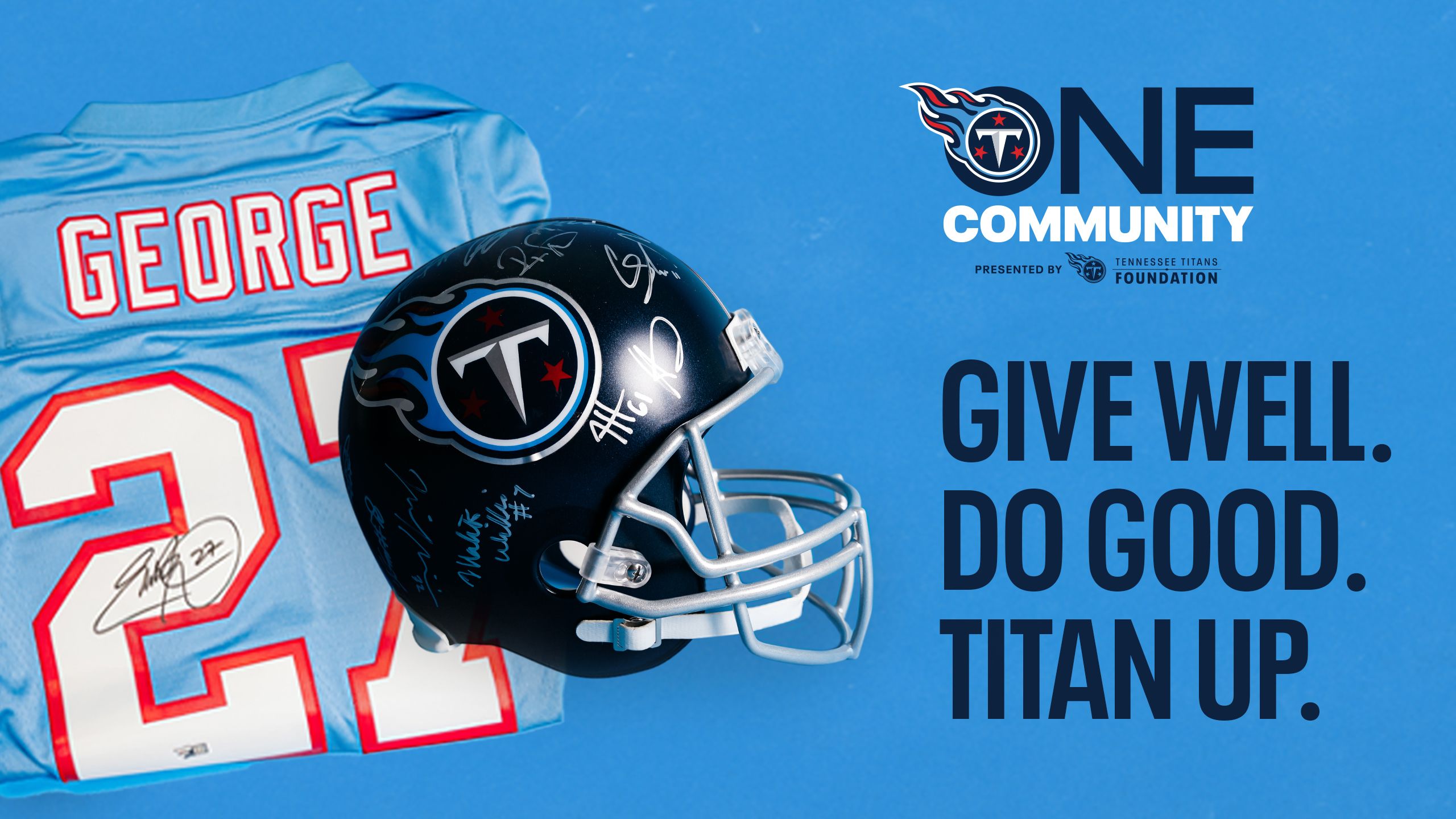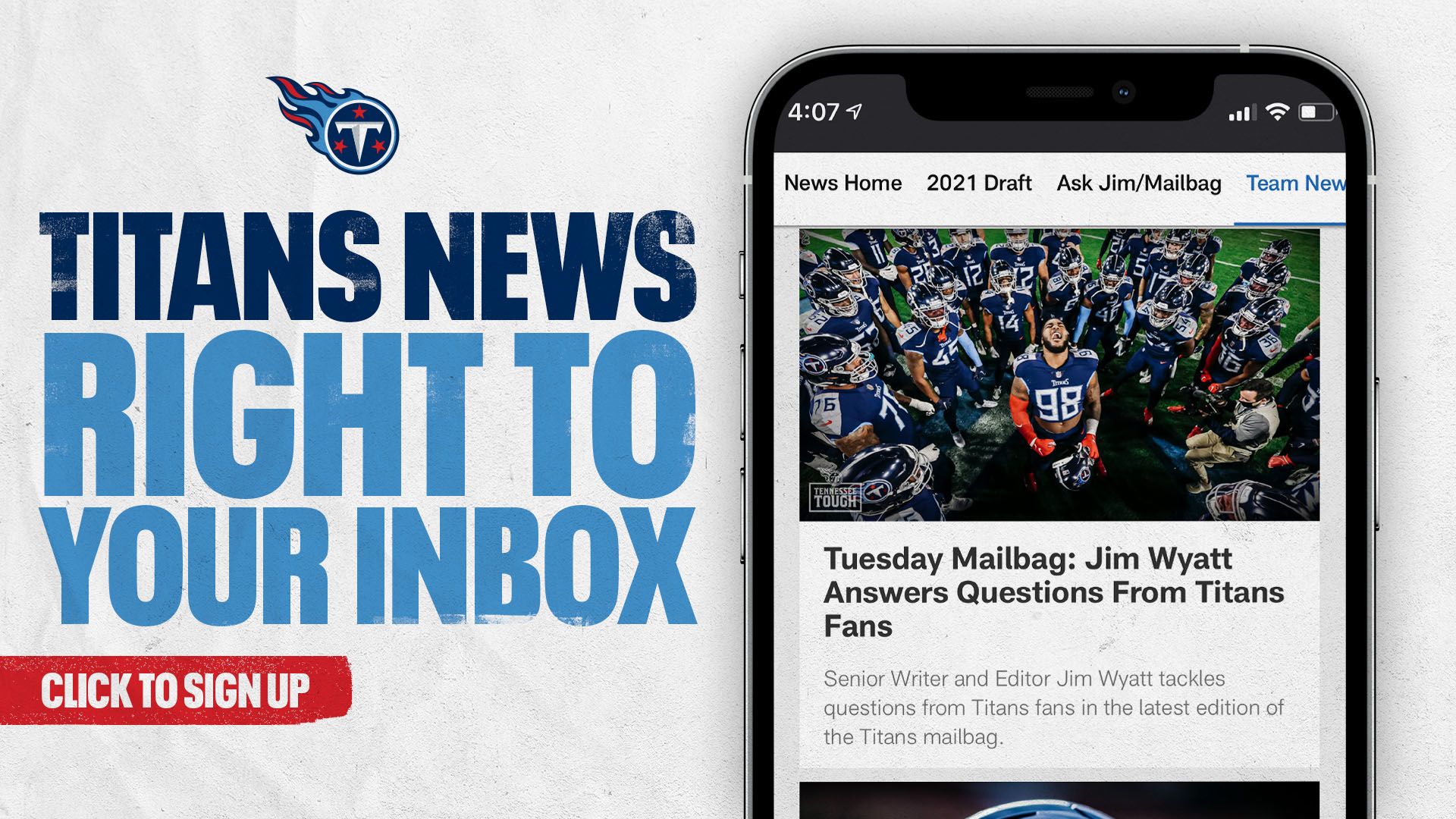NASHVILLE, Tenn. — The Titans have had no problem harassing opposing quarterbacks this season.
It's catching them that's been the issue.
So here's the question: Is an abundance of the former enough to offset a lack of the latter?
Heading into Sunday's game against Baltimore, the Titans have piled up 102 quarterback pressures through seven contests, a much higher figure than the 78 the team had compiled in its first seven games of 2016.
That's what makes the Titans' low sack totals hard to figure.
Through seven games last year, the Titans had already piled up 20 sacks on the way to finishing with 40.
So what gives?
"There's really no method to (explain) it," Titans linebacker Brian Orakpo said. "It will balance itself out eventually. We pressure the quarterback and the numbers will come. We're not obsessed with numbers.
"I don't care about sacks, as long as we affect the quarterback. If I finish the season with 1.5 sacks and we're going to the playoffs, I don't care. I've been saying that since day one."
In defense of the Titans' low sack totals, the team has faced a number of elusive quarterbacks – such as Seattle's Russell Wilson, Houston's Deshaun Watson, Cleveland's DeShone Kizer and Indianapolis' Jacoby Brissett.
On the other hand, Brissett has been sacked 29 times this season, more than any other quarterback in the league. But the Titans weren't able to record a sack of Brissett in his 37 passing attempts earlier this season.
Titans linebacker Derrick Morgan, who leads the team with 4.5 sacks, figures there are probably a few reasons the team total is lower than expected.
"I don't think it's just one thing – it's a lot of moving parts," Morgan said. "We've played some very mobile quarterbacks. (Outside linebackers) also might have been in coverage more than we were last year, so some of it depends on the scheme we're in.
"You never know when the sacks will come. You just hope you can be consistent with getting them. But the good thing is the pressures are higher than last year."
One could make a pretty strong argument that those increased quarterback pressures this year are indeed making an impact.
Consider some of the following numbers:
• The Titans are allowing opponents a third-down success rate of just 35 percent, which ranks eighth in the league and is a slight improvement over last year's 37 percent.
• The Titans are forcing an average of 1.4 turnovers per game, better than last year's 1.1 rate.
• The Titans have lowered their opponents' completion percentage a shade from last year, from 61 to 60 percent.
"Just because the sacks don't come doesn't mean you're not playing at a high level," Morgan said. "(Orakpo), for instance, was all over the quarterback in Cleveland. He really won that game single-handedly for us. He wasn't (recording sacks), but he was in the backfield the majority of the second half of the game – affecting the quarterbacks."
Still, there's a reason Titans coach Mike Mularkey has said he considers sack totals behind only turnover ratio when it comes to factors that decide games.
Pressures can be effective in terms of stopping drives or creating turnovers. But sacks almost always have a greater degree of certainty.
"It's good in some situations to get a pressure so you can cause an incompletion or force the quarterback to throw the ball out or whatever," Titans defensive end Jurrell Casey said. "But at the end of the day, a sack means loss of yardage. That's what we need to start getting to. We need to help out our back end."
And who knows what might happen when a quarterback suffers a punishing sack?
"The quarterback is probably the worst person on the field to control the football in his hand," Casey said. "If you can get that pressure on him and get that hit on him, he's going to cough that ball up once or twice. That's the difference between sack and pressure."
— Reach John Glennon at glennonsports@gmail.com and follow him on Twitter @glennonsports.
*
TitansOnline.com looks back at the all-time series against the Baltimore Ravens. (Photos, Donn Jones, AP)

Tennessee Titans vs. Baltimore Ravens Game on September 16, 2005 in Nashville. TN.
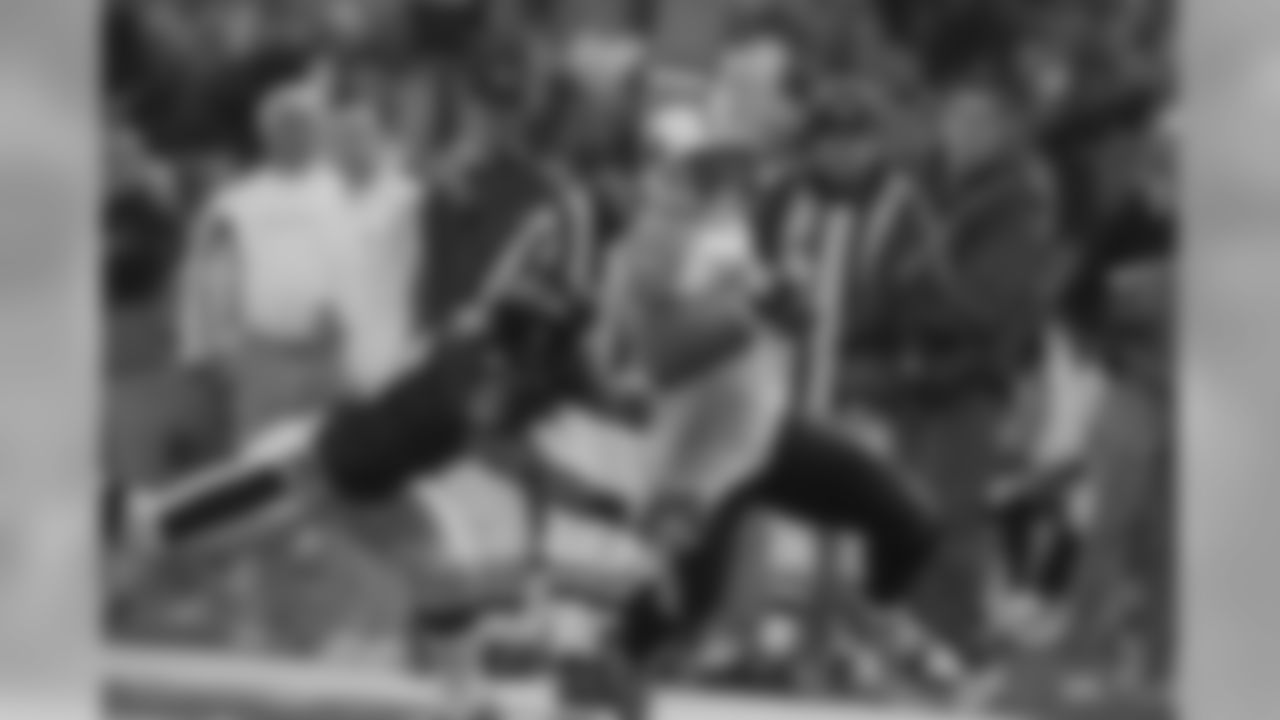



















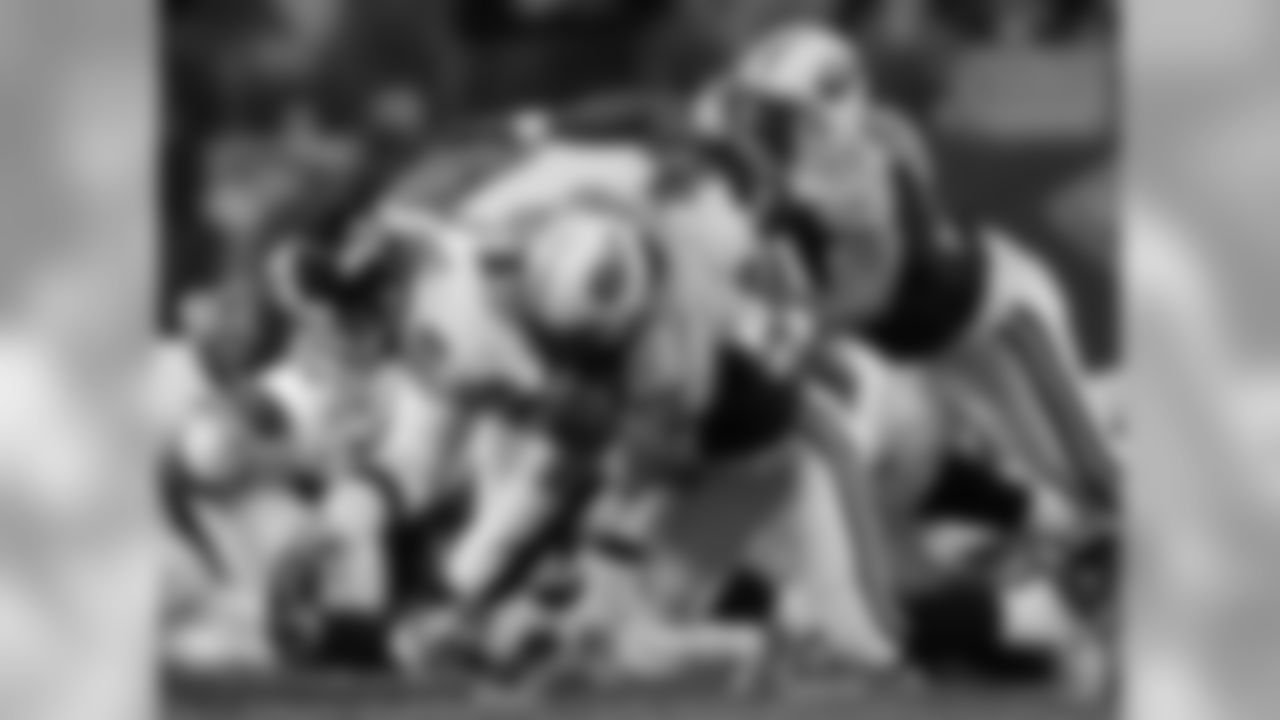








































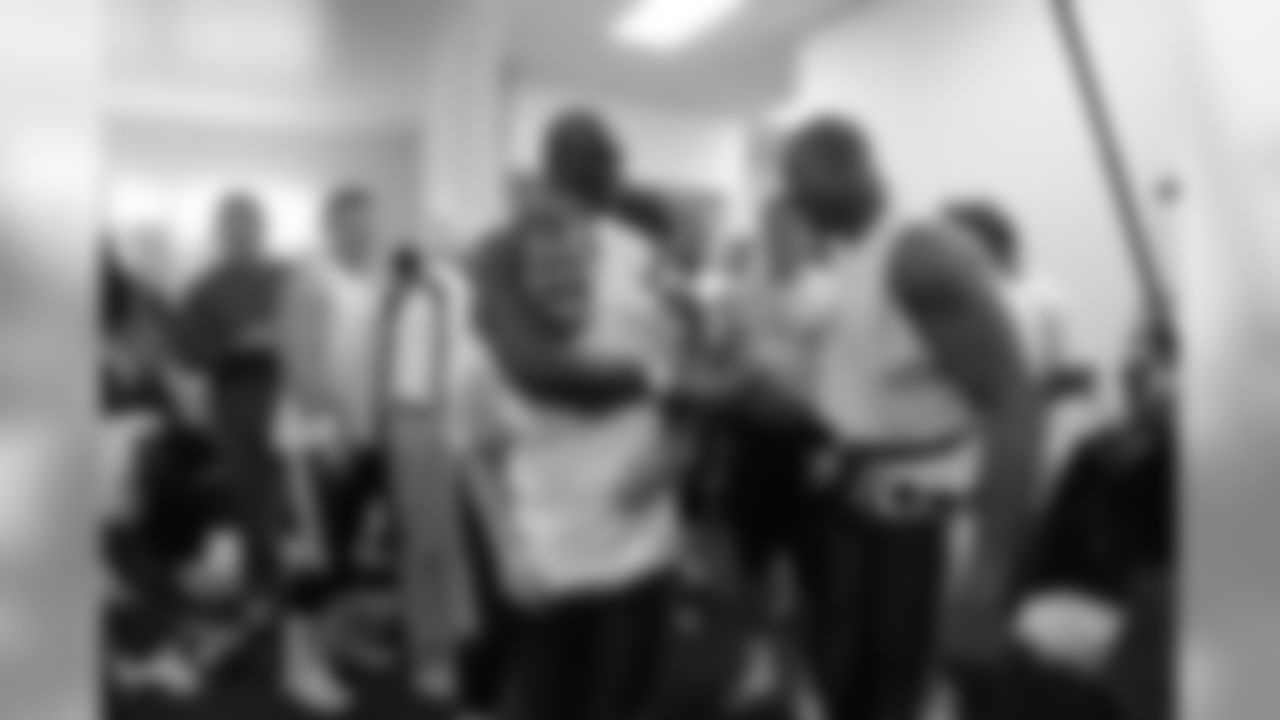








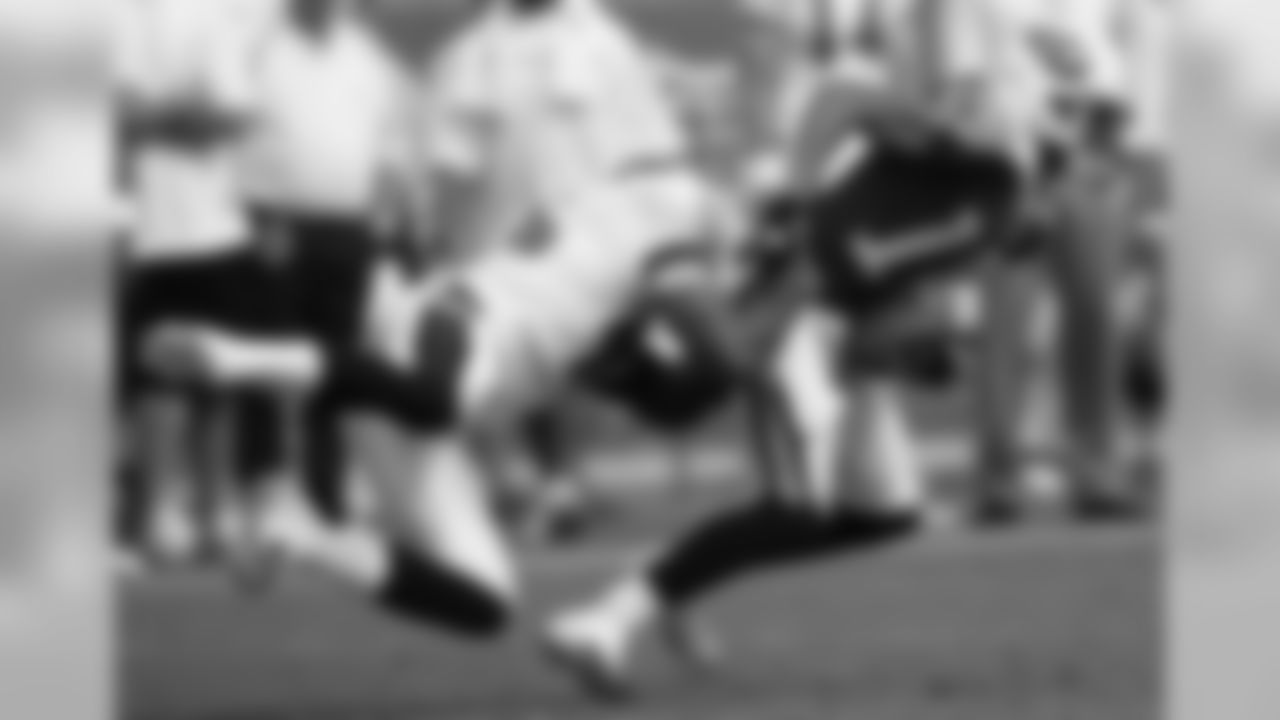














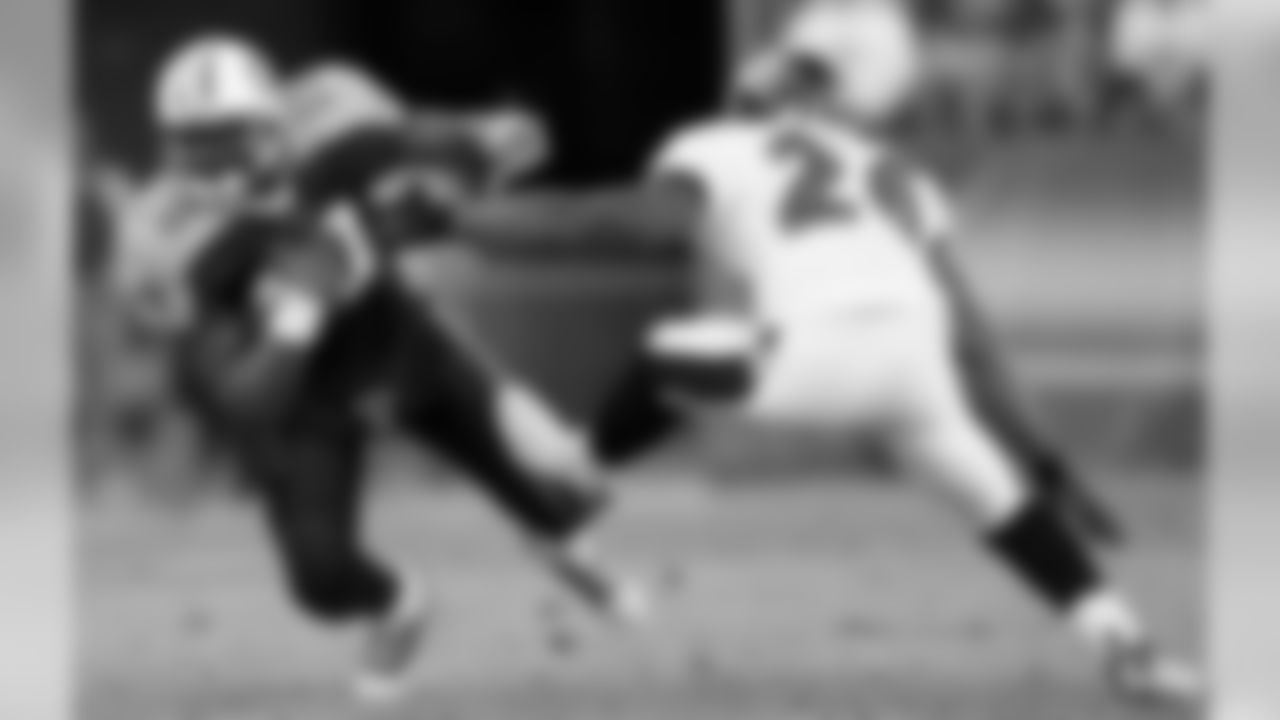









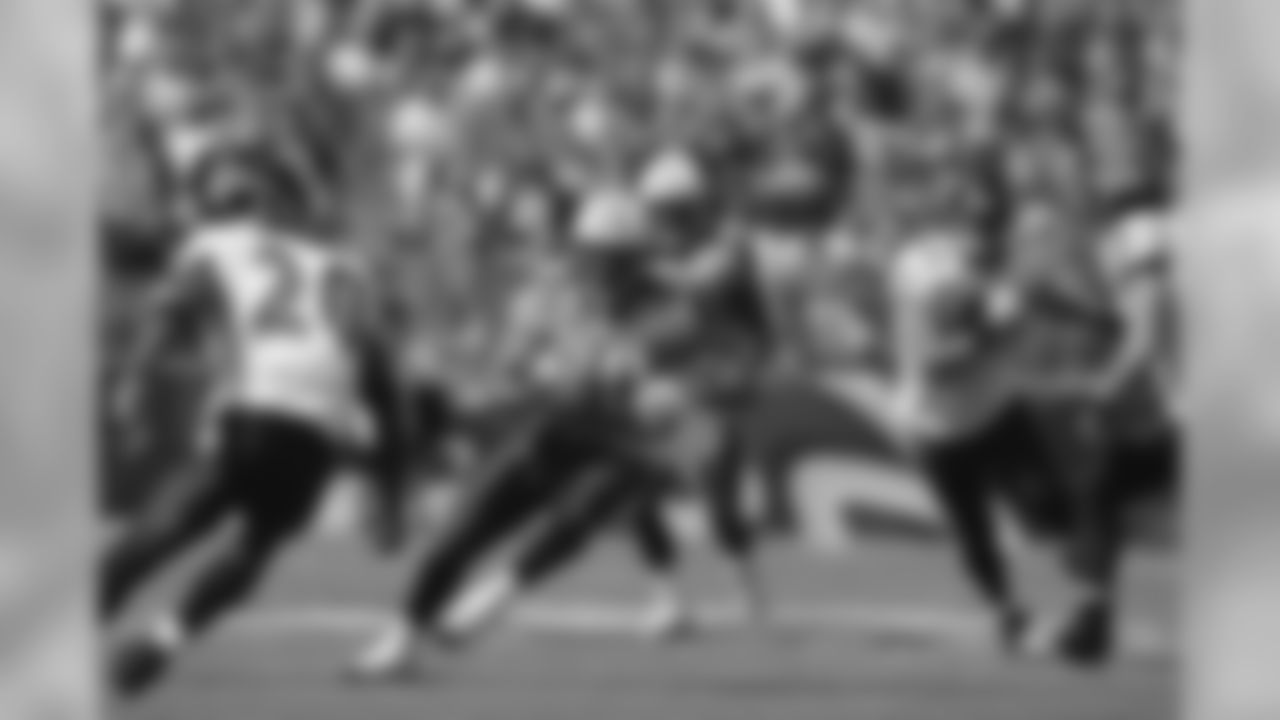





























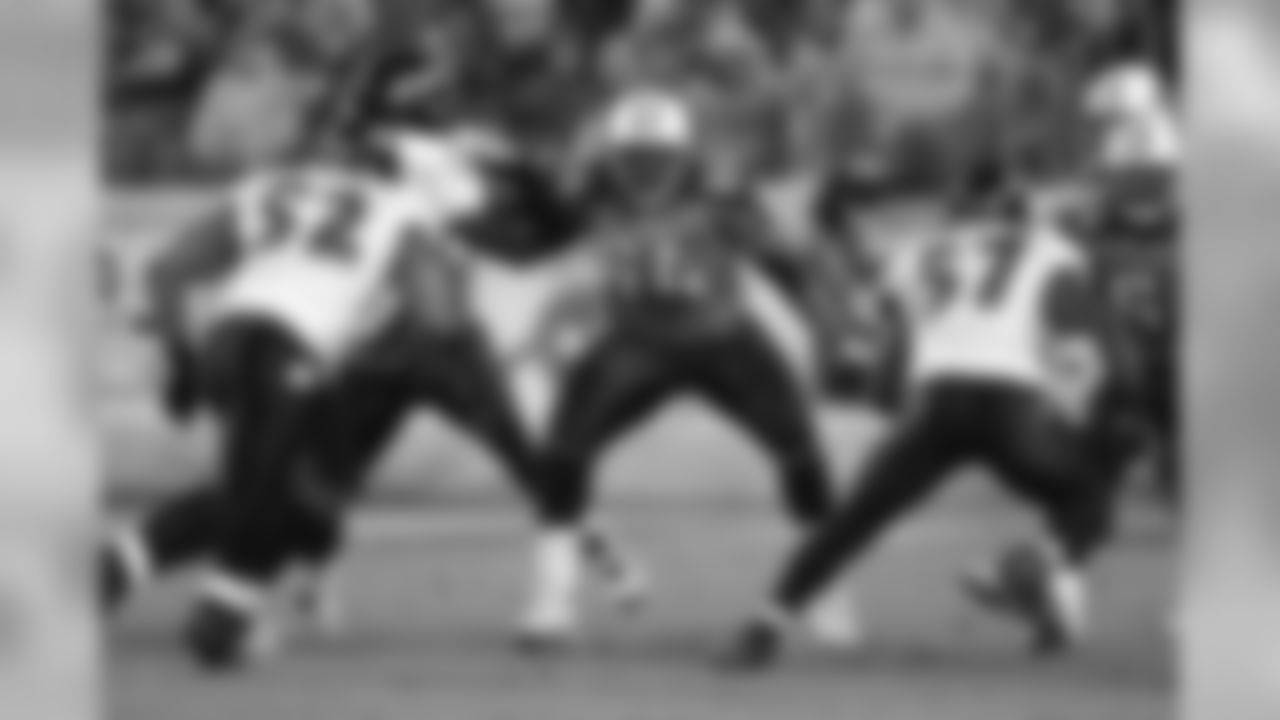











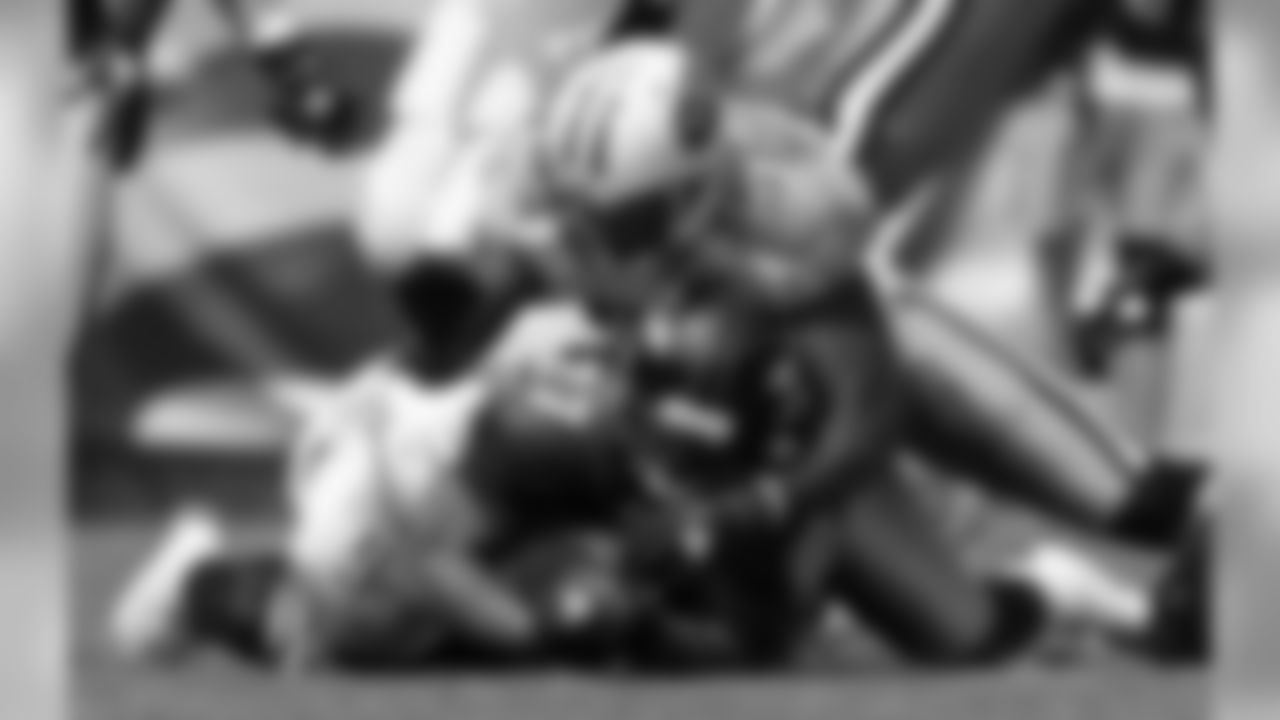









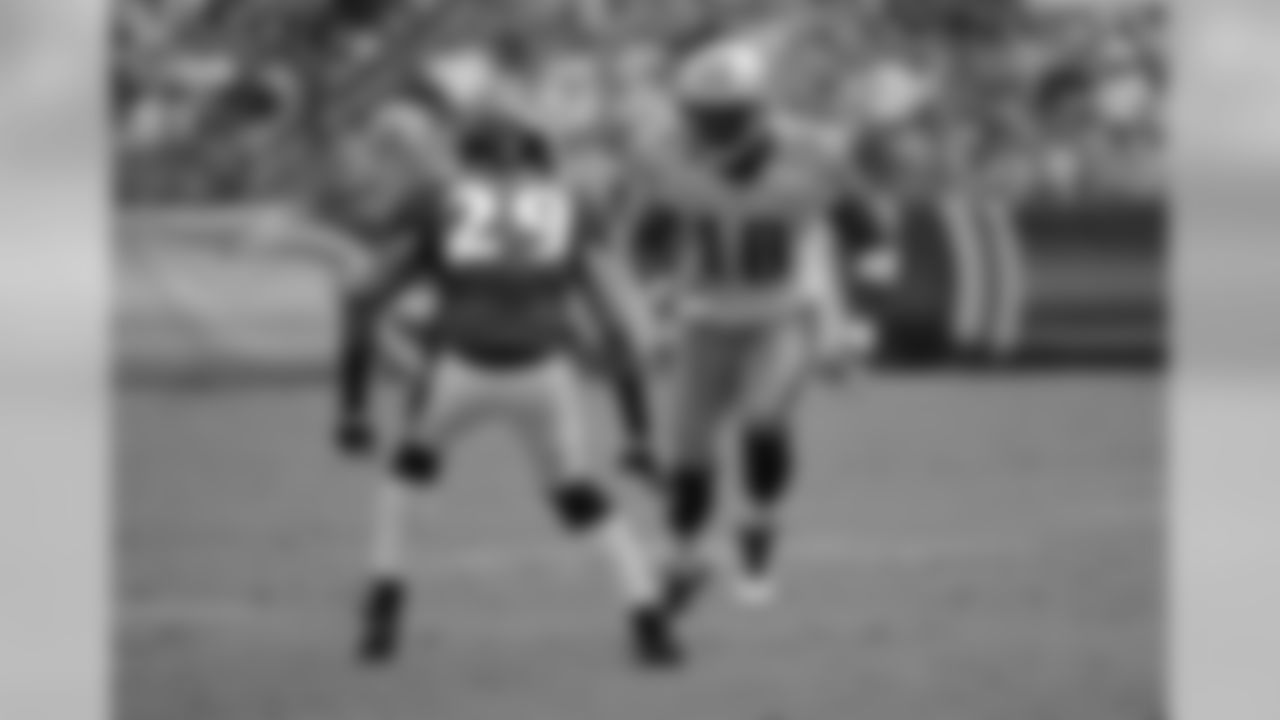

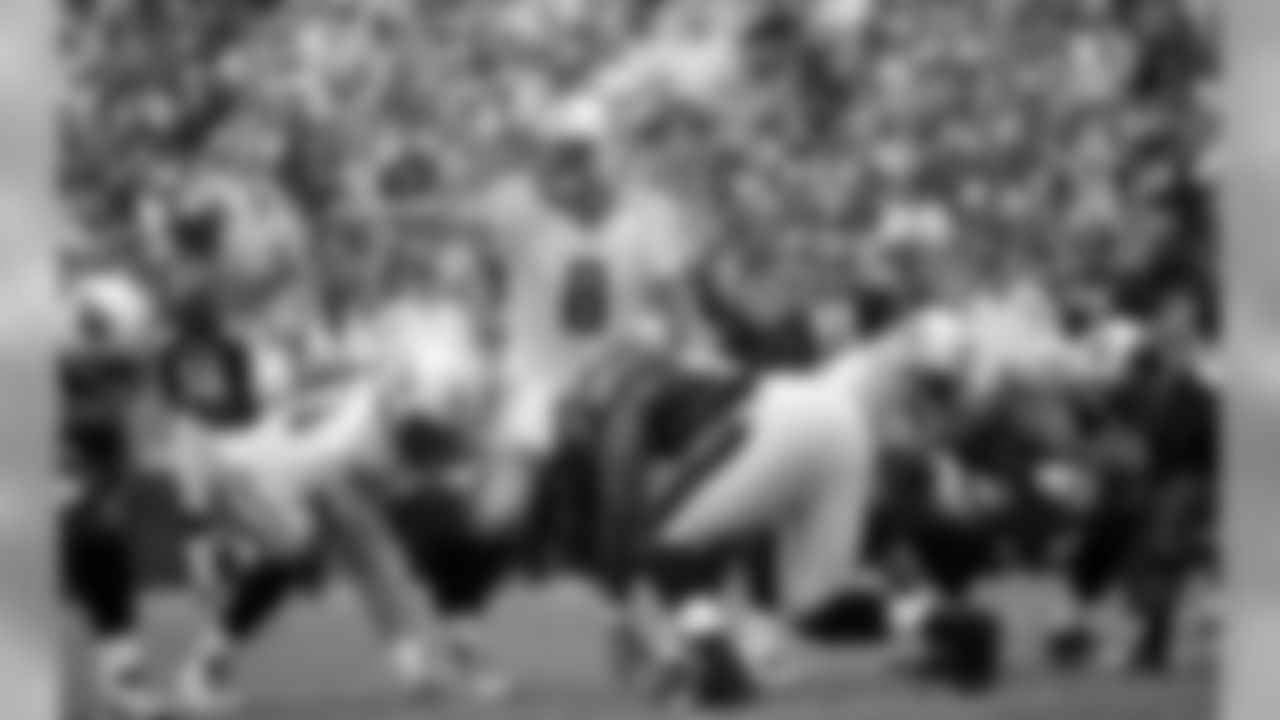



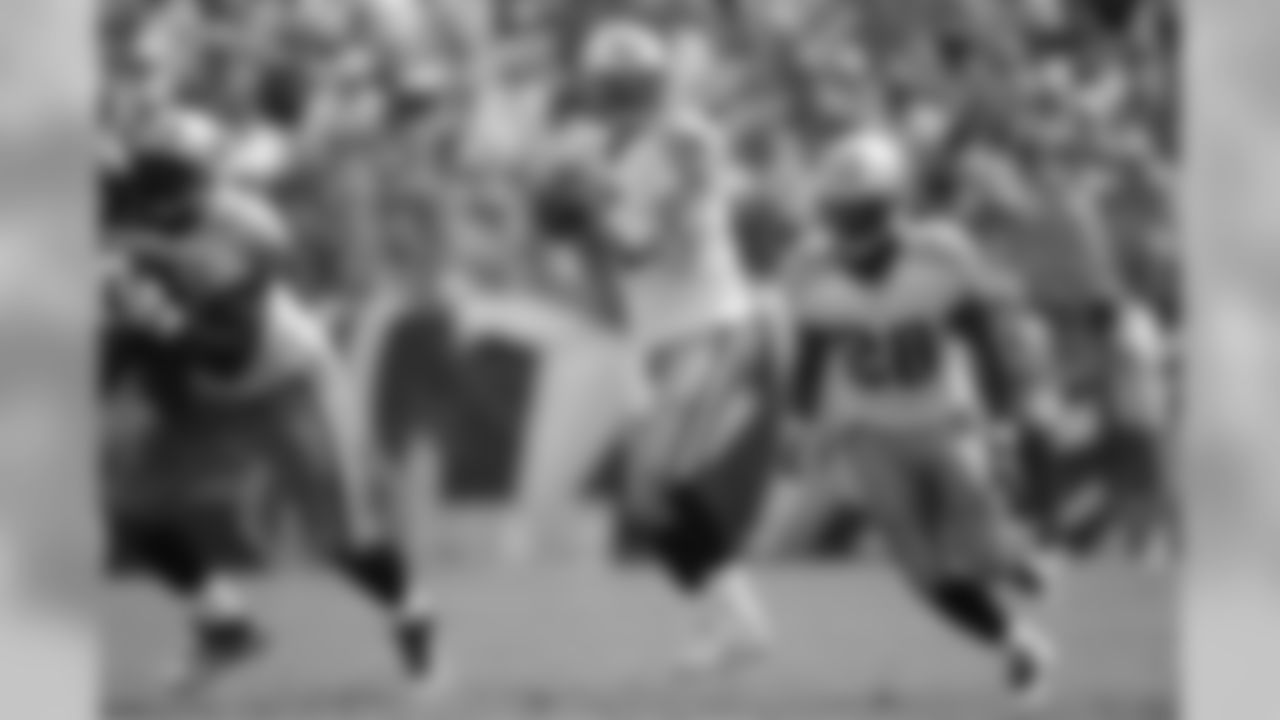



















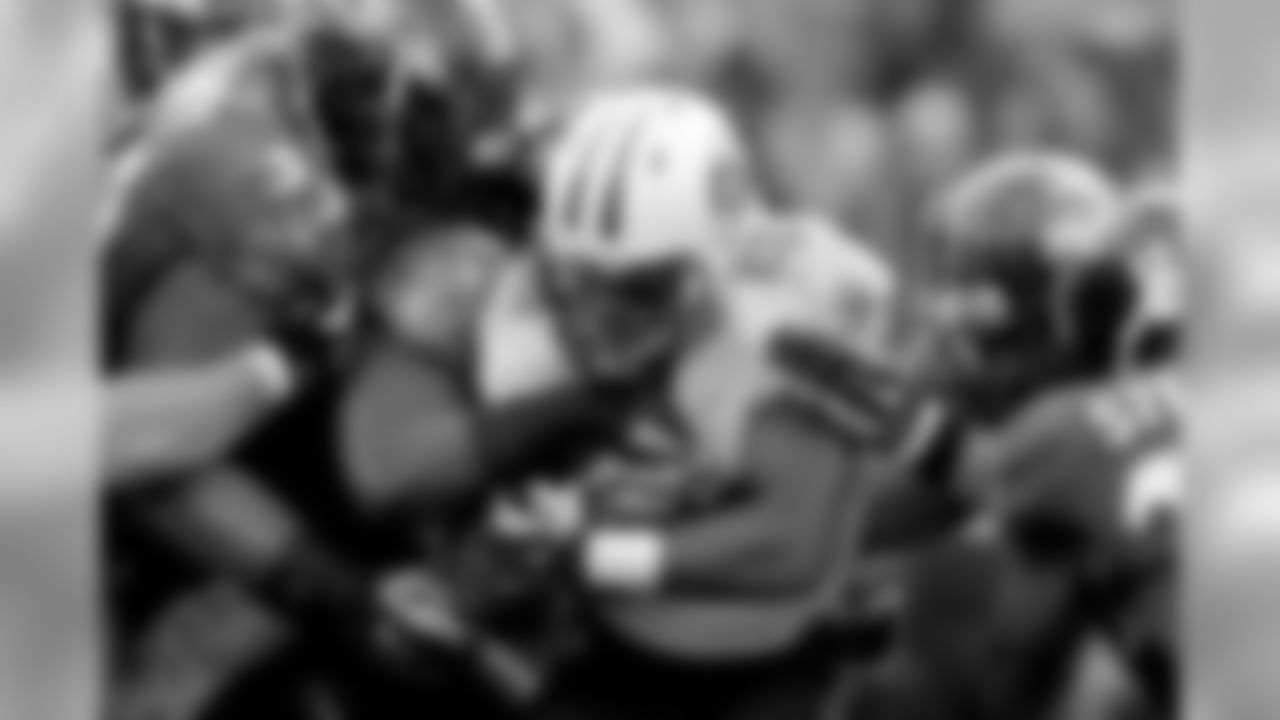
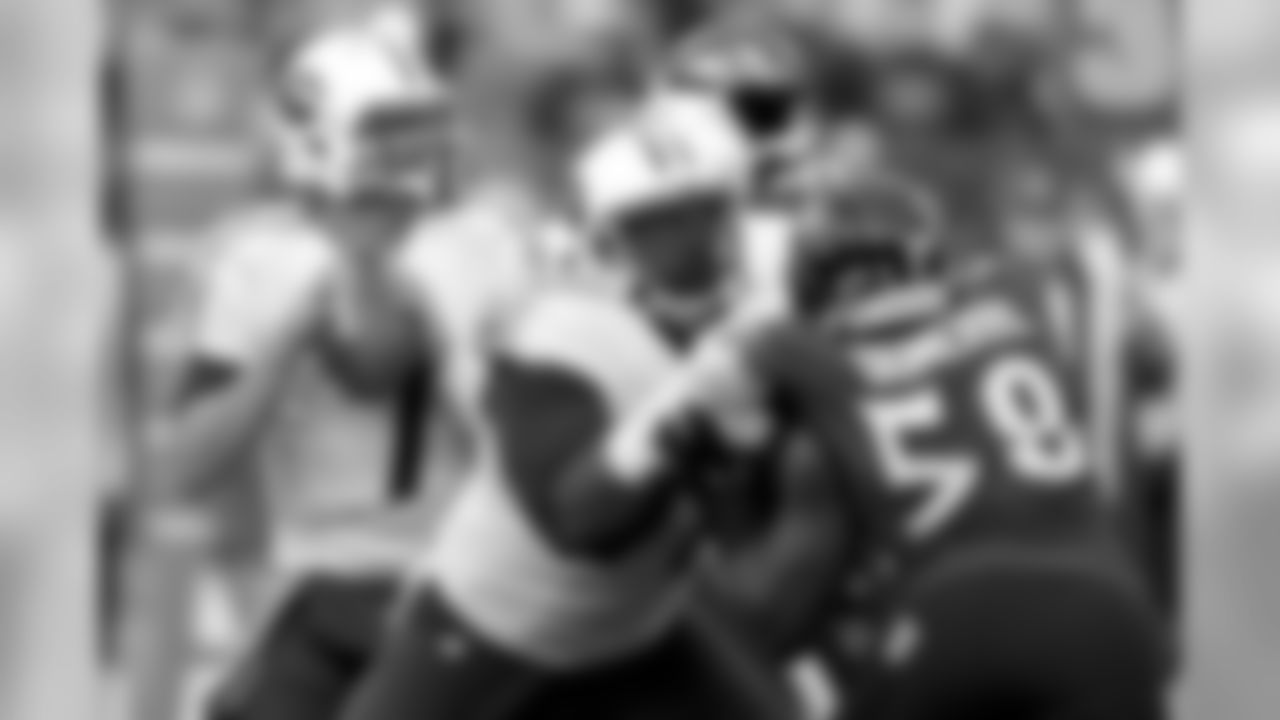


Tennessee Titans wide receiver Rishard Matthews (18) celebrates with free safety Kevin Byard (31) after Byard made his second pass interception of the game against the Baltimore Ravens in the second half of an NFL football game Sunday, Nov. 5, 2017, in Nashville, Tenn. (AP Photo/James Kenney)
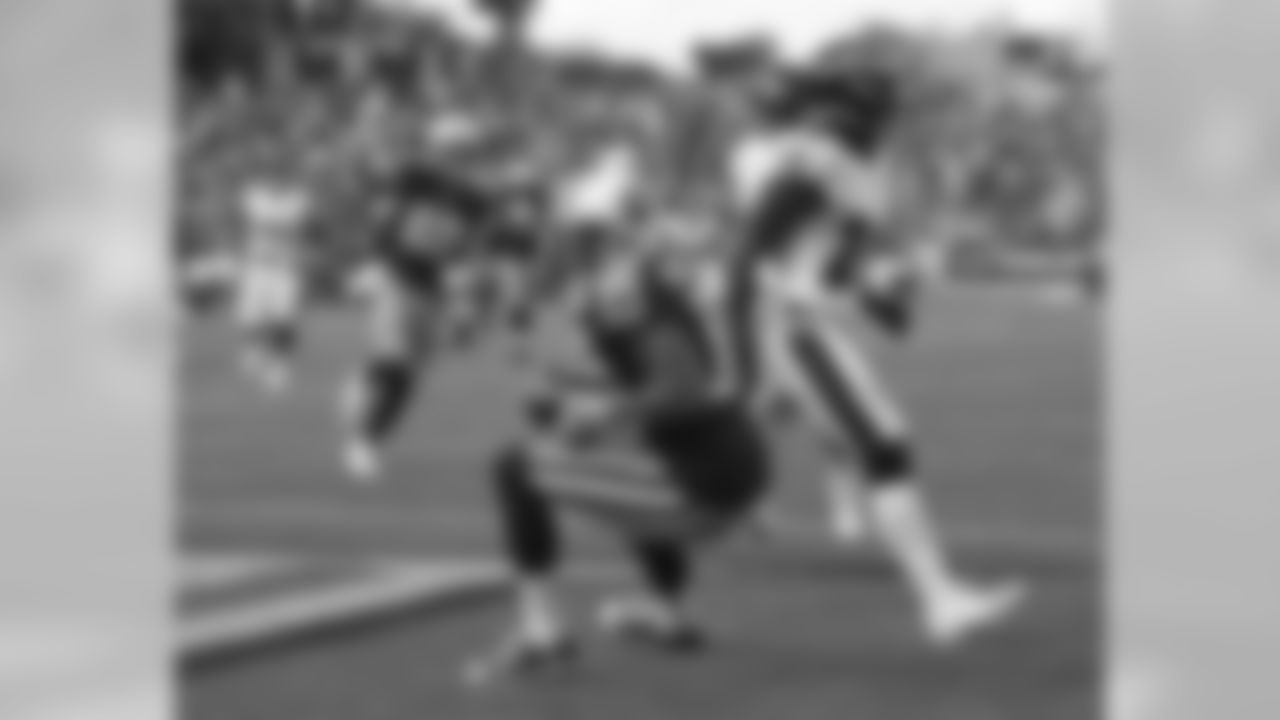
Tennessee Titans wide receiver Rishard Matthews (18) catches a 16-yard touchdown pass ahead of Baltimore Ravens cornerback Brandon Carr (24) in the first half of an NFL football game Sunday, Nov. 5, 2017, in Nashville, Tenn. (AP Photo/Wade Payne)

Baltimore Ravens quarterback Joe Flacco (5) looks to throw the ball against the Tennessee Titans during an NFL football game on Sunday, Nov. 5, 2017, in Nashville, Tenn. The Titans won 23-20. (Jeff Haynes/AP Images for Panini)

Tennessee Titans quarterback Marcus Mariota (8) throws a pass against the Baltimore Ravens during an NFL football game on Sunday, Nov. 5, 2017, in Nashville, Tenn. The Titans won 23-20. (Jeff Haynes/AP Images for Panini)
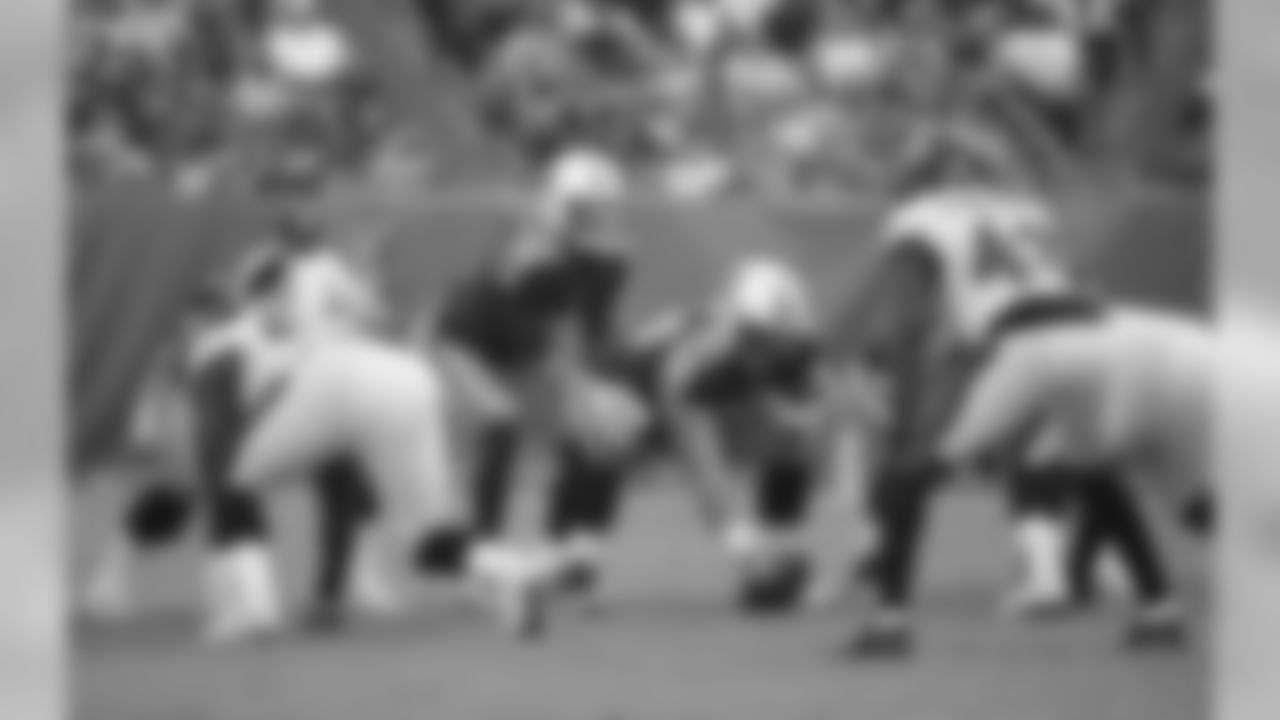
Tennessee Titans quarterback Marcus Mariota (8) looks over the defense of the Baltimore Ravens during an NFL football game on Sunday, Nov. 5, 2017, in Nashville, Tenn. The Titans won 23-20. (Jeff Haynes/AP Images for Panini)
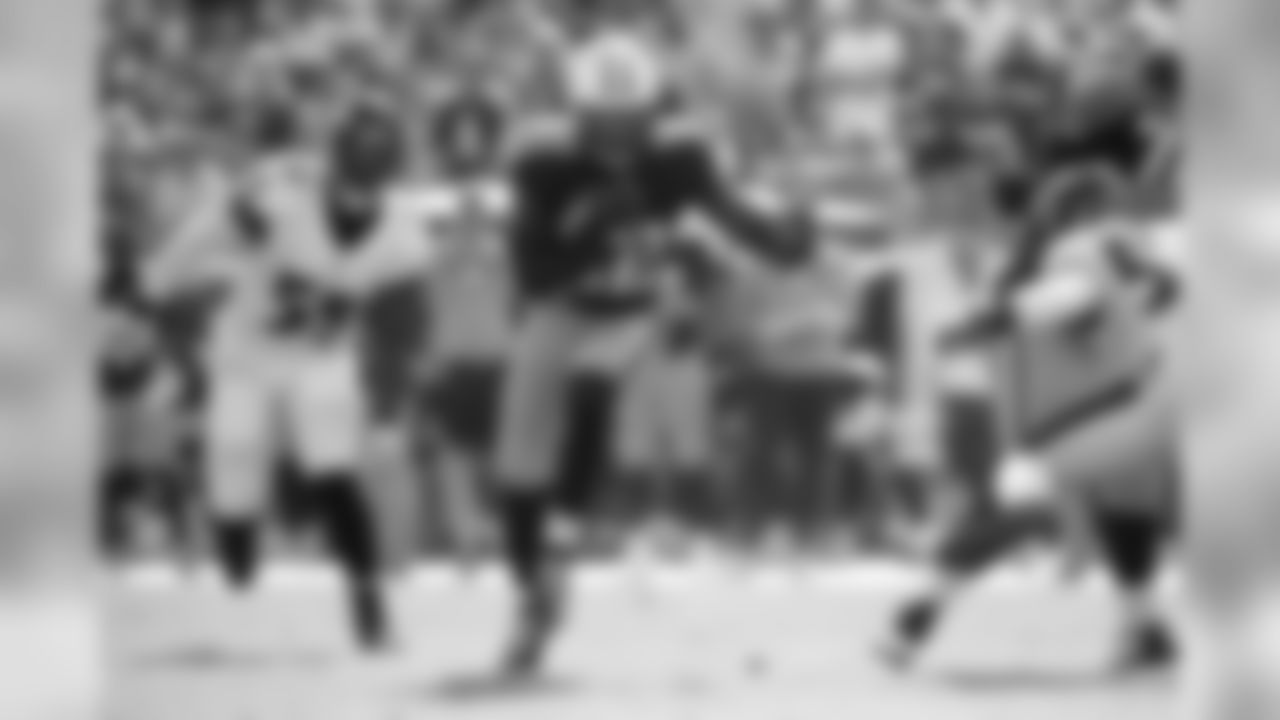
Tennessee Titans running back Derrick Henry (22) runs the ball against the Baltimore Ravens during an NFL football game on Sunday, Nov. 5, 2017, in Nashville, Tenn. The Titans won 23-20. (Jeff Haynes/AP Images for Panini)
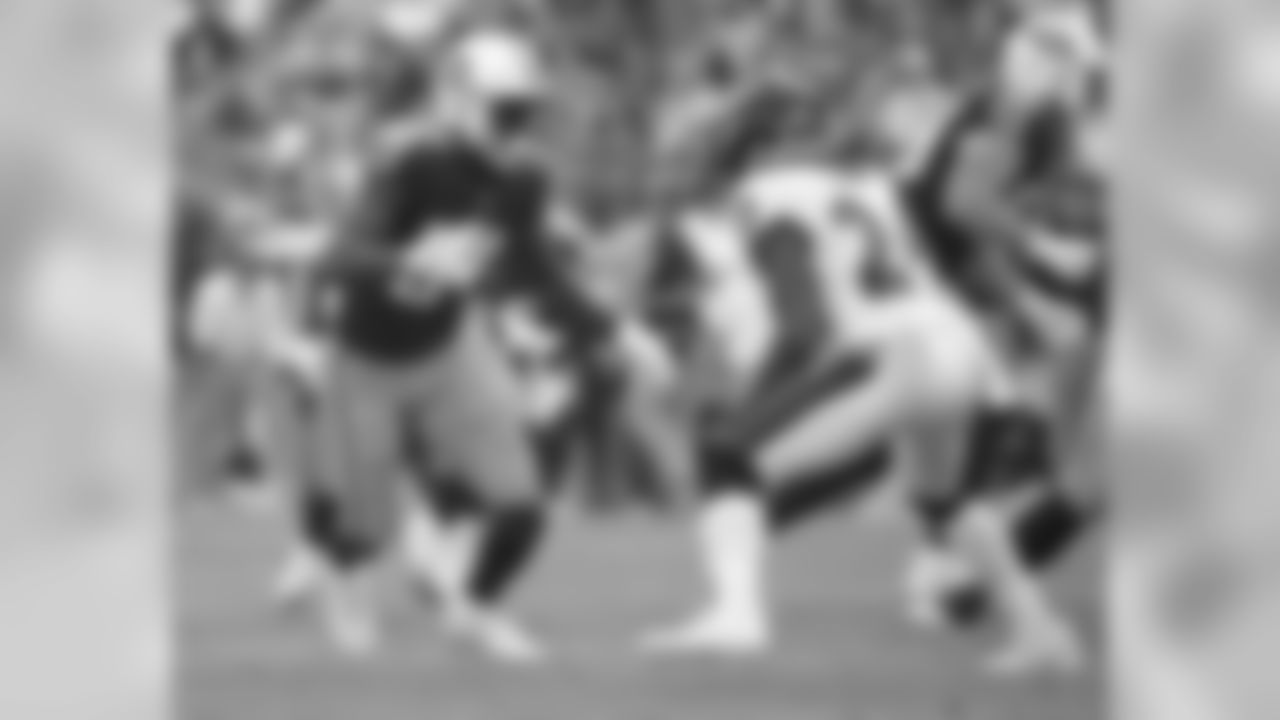
Tennessee Titans wide receiver Corey Davis (84) lines up against the Baltimore Ravens during an NFL football game on Sunday, Nov. 5, 2017, in Nashville, Tenn. The Titans won 23-20. (Jeff Haynes/AP Images for Panini)

Baltimore Ravens offensive tackle Austin Howard (77) sets to block against the Tennessee Titans during an NFL football game on Sunday, Nov. 5, 2017, in Nashville, Tenn. The Titans won 23-20. (Jeff Haynes/AP Images for Panini)

Tennessee Titans quarterback Marcus Mariota (8) slaps hands with fans after an NFL football game against the Baltimore Ravens Sunday, Nov. 5, 2017, in Nashville, Tenn. The Titans won 23-20. (AP Photo/James Kenney)

Tennessee Titans offensive tackle Jack Conklin (78) sets to block Baltimore Ravens outside linebacker Terrell Suggs (55) during an NFL football game on Sunday, Nov. 5, 2017, in Nashville, Tenn. The Titans won 23-20. (Jeff Haynes/AP Images for Panini)
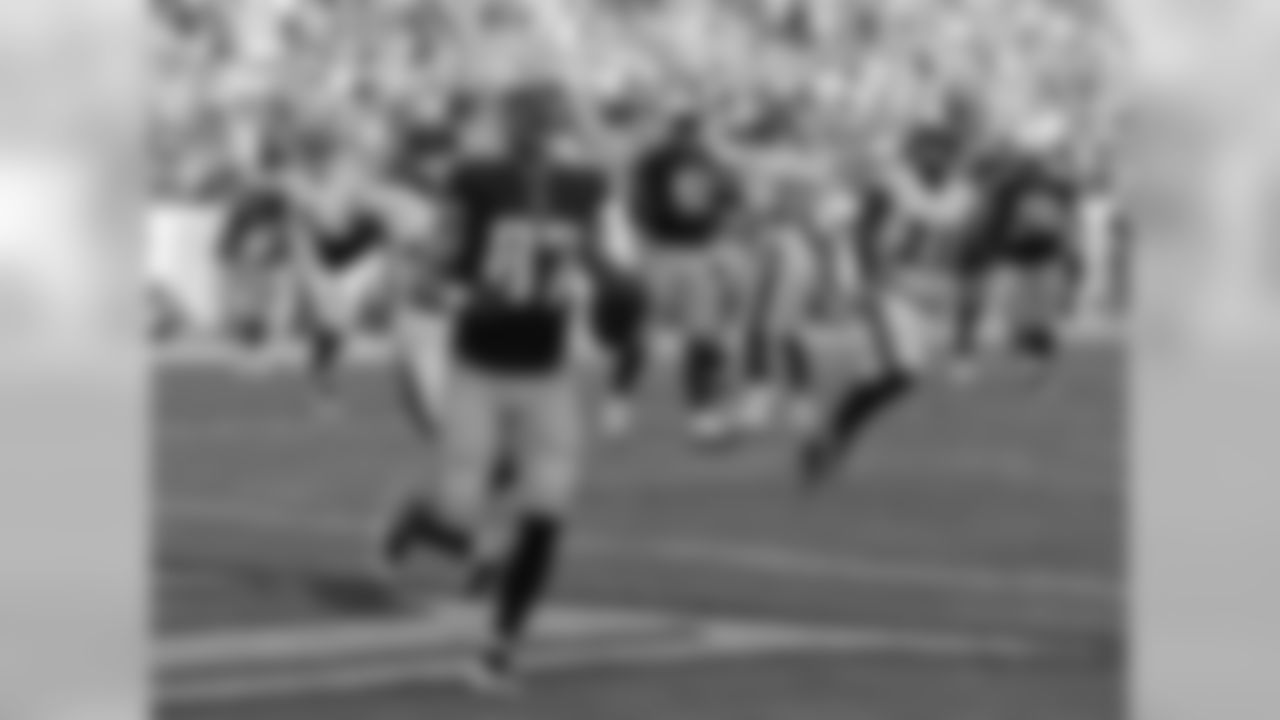
Tennessee Titans wide receiver Eric Decker (87) catches an 11-yard touchdown pass against the Baltimore Ravens in the second half of an NFL football game Sunday, Nov. 5, 2017, in Nashville, Tenn. (AP Photo/James Kenney)

The Tennessee Titans defense brings down Baltimore Ravens running back Alex Collins (34) during an NFL football game on Sunday, Nov. 5, 2017, in Nashville, Tenn. The Titans won 23-20. (Jeff Haynes/AP Images for Panini)

Tennessee Titans running back Derrick Henry (22) runs the ball against the Baltimore Ravens during an NFL football game on Sunday, Nov. 5, 2017, in Nashville, Tenn. The Titans won 23-20. (Jeff Haynes/AP Images for Panini)

Tennessee Titans quarterback Marcus Mariota (8) talks with Baltimore Ravens quarterback Joe Flacco (5) after an NFL football game Sunday, Nov. 5, 2017, in Nashville, Tenn. The Titans won 23-20. (AP Photo/Wade Payne)
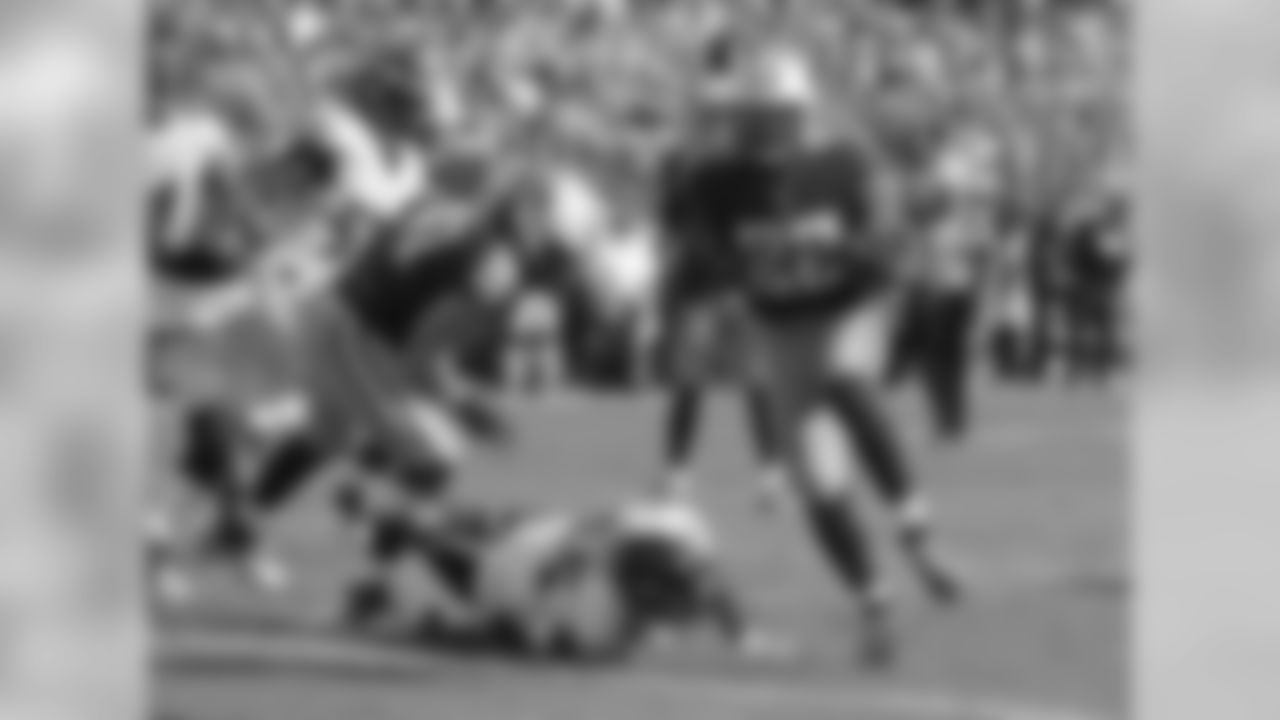
Tennessee Titans running back Derrick Henry (22) gets past Baltimore Ravens outside linebacker Terrell Suggs (55) as Henry scores a touchdown on a 1-yard run in the first half of an NFL football game Sunday, Nov. 5, 2017, in Nashville, Tenn. (AP Photo/James Kenney)
*


















